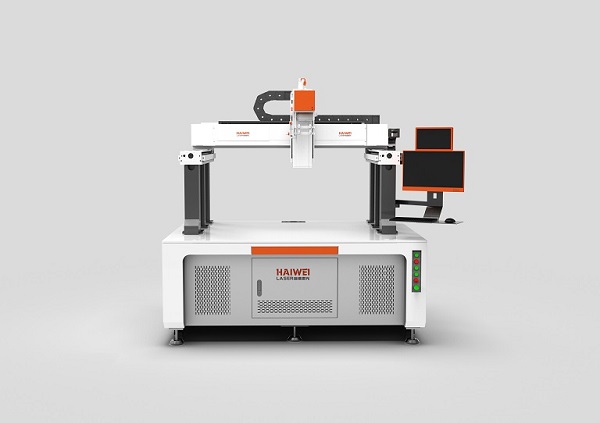Laser Welding Equipment: Understanding Laser Energy Adjustment Range
When selecting laser welding equipment, one of the most important but often overlooked specifications is the laser energy adjustment range. This parameter determines how precisely you can control heat input, which directly affects weld quality, especially across different materials and thicknesses.

Why Energy Adjustment Matters
The ability to finely tune laser energy allows operators to adapt to various applications on the same machine. For example, welding thin copper foil (0.1 mm) requires low energy to avoid burn-through, while joining 2 mm stainless steel needs significantly higher input. A wide and stable adjustment range ensures both processes can be performed without changing hardware.
Pulsed vs. Continuous Wave Systems
In pulsed laser welding equipment, energy is typically adjusted by changing pulse power, pulse width, and frequency. Modern MOPA fiber lasers offer pulse energy adjustment from as low as 0.1 J up to 50 J or more, with pulse widths adjustable from 0.1 ms to 10 ms. This flexibility supports everything from delicate sensor housings to robust power connectors.
For continuous wave (CW) systems, “energy adjustment” refers to output power control. Most industrial units provide 10% to 100% power modulation, allowing gradual ramp-up for start-stop welding and consistent keyhole stability.
Stability at Low Power Settings
A key consideration is how well the system performs at the lower end of its range. Some lasers become unstable below 20% output, leading to inconsistent welds. High-quality laser welding equipment maintains beam stability even at minimal settings, which is critical for precision electronics.
Integration with Process Control
Advanced systems allow programmable energy profiles, where energy ramps up or down during a single weld. This reduces thermal stress and improves seam quality on sensitive components.
In summary, a wide and stable laser energy adjustment range enhances process flexibility and weld consistency, making it a key factor in choosing the right laser welding equipment for diverse production needs.
Recent Posts
- What are the advantages of laser welding machines in lithium battery pack production lines?
- What issues should be noted when choosing a lithium battery pack production line?
- Quality Inspection and Control of Lithium Battery Module Pack Production Line
- Cell grouping and sorting process in lithium battery module pack production line
- What are the safety hazards of lithium battery pack production lines and how can they be prevented?
INQUIRY

